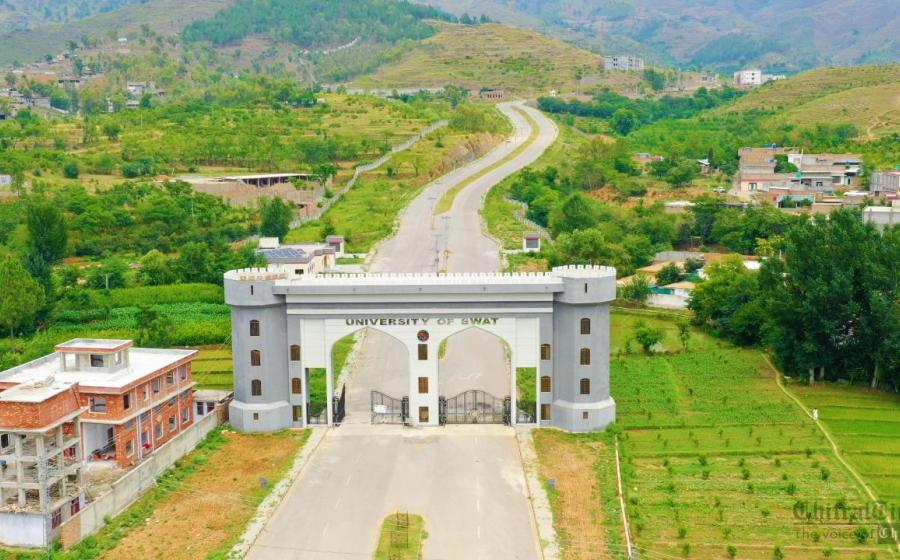The 12 major amendments in the Universities Acts and their implications
This blog post delineates some of the major changes brought to the individual universities Acts through the Khyber Pakhtunkhwa Universities’ Act 2012. It puts to the spotlight pros and cons of these amendments offering some deeper insight to the policymakers and academic leaders, to learn from the past experiences so as to make the proposed amendments more tenable and workable.



















